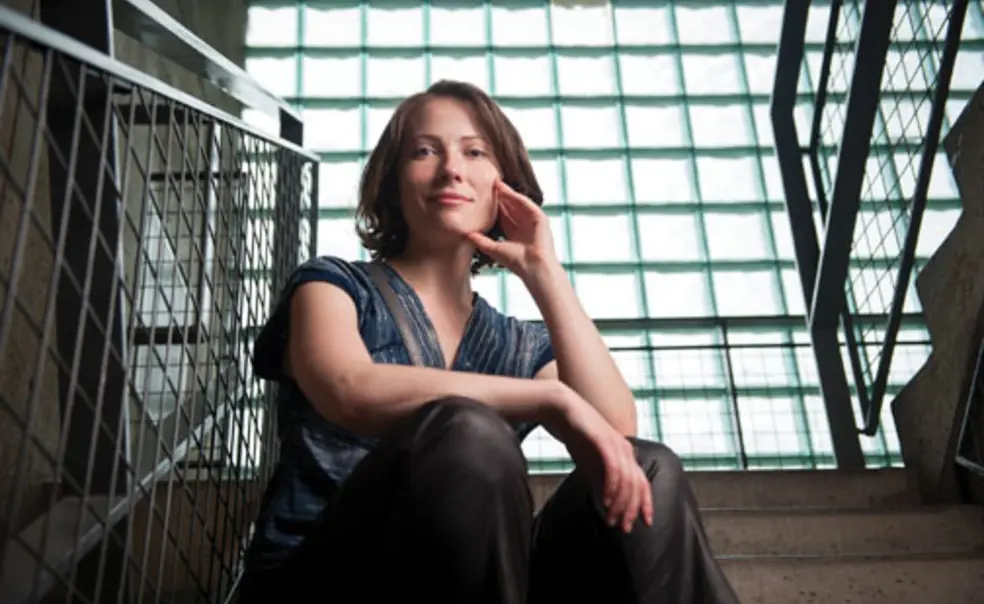Princeton’s campus is dotted with the visionary work of husband-and-wife team Robert Venturi ’47 *50 and Denise Scott Brown, who designed Wu Hall, the Lewis Thomas Laboratory, and Frist Campus Center, among their many projects. But when Venturi was awarded the Pritzker Architecture Prize — considered the “Nobel of architecture” — in 1991, Scott Brown was snubbed. Twenty-two years later, Caroline James ’05 hopes to correct that.
James and Arielle Assouline-Lichten — graduate students in architecture at Harvard’s Graduate School of Design (GSD) — posted a Change.org petition in between classes. It was their first ambitious act in reviving a defunct student group, Women in Design: to convince the Pritzker judges to retroactively recognize Scott Brown, the other half of the firm Venturi, Scott Brown and Associates.
The petition went live March 27. By the middle of May, sparked by articles in architecture journals, blogs, major newspapers, and The New Yorker, the petition had gathered more than 12,000 signatures and was continuing to grow, with advocates hoping for a positive response before May 29, when architect Toyo Ito was to receive the 2013 award.
James initially was inspired by the growing discussion of women in the workforce. She recently had read Sheryl Sandberg’s manifesto, Lean In, and drew unsettling comparisons with the lack of female voices at Harvard: “At Princeton, we had been taught our opinion mattered, but even though the GSD was 60 percent women, women didn’t speak up.”
The two students decided that there was no better way to start than by supporting a woman who already was trying to speak up. For years Scott Brown had vocalized her frustration but walked a fine line, not wanting to hurt her firm. The 81-year-old architect learned of the petition five days and 2,000 signatures in. “I was thrilled,” she says. James has been in near-daily contact with Brown since then, and has learned that many of the architect’s older friends long have been writing letters to the Pritzker committee about the slight. “I think the movement needed the activism of the younger generation,” suggests James.
Venturi was quick to sign: “Denise Scott Brown is my inspiring and equal partner,” he declared on the petition’s website. At least nine Pritzker winners are among the signers, including Zaha Hadid, one of two women honored in the award’s 34-year history. Alejandro Zaera-Polo, the dean of Princeton’s School of Architecture, and at least seven other Princeton architecture faculty members added their names, as did New Urbanism pioneer Elizabeth Plater-Zyberk ’72, MoMA head curator Barry Bergdoll, and Harvard psychologist Steven Pinker. “There is a lot of controversy in architecture,” James reflects, “but I’ve been amazed by the solidarity.”
In the end, Scott Brown doesn’t want a correction ceremony, “just a modest ‘inclusion ceremony’” that would embrace the conflict, rather than cover it up. “Let’s hold hands while we fight,” she says. “I strongly think that the doubts and conflicts we have are the root of our creativity.”
“I think the field is well set for this younger generation,” muses the grande dame, “to take these ideas and go in all sorts of directions we couldn’t go.”












No responses yet